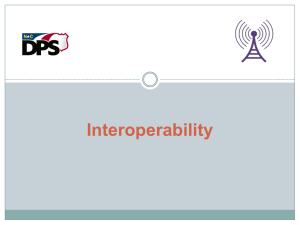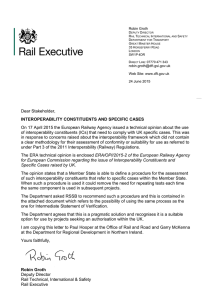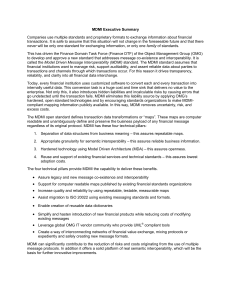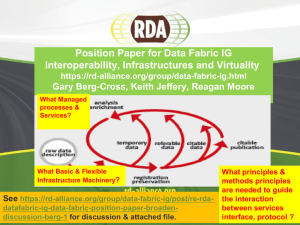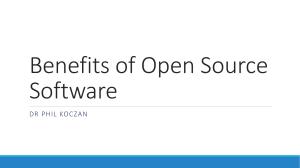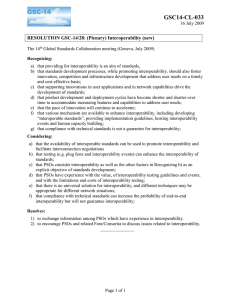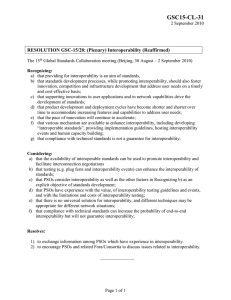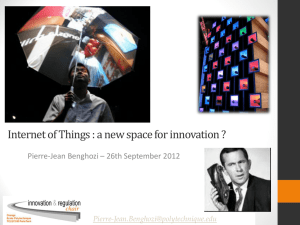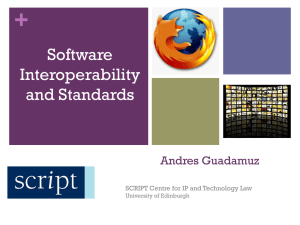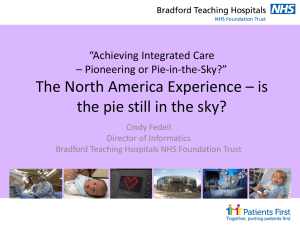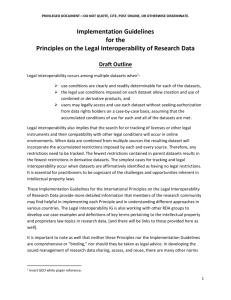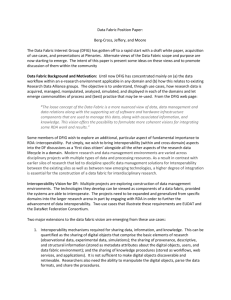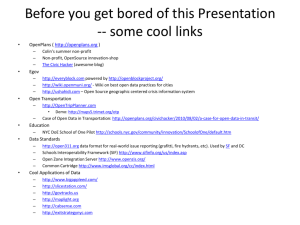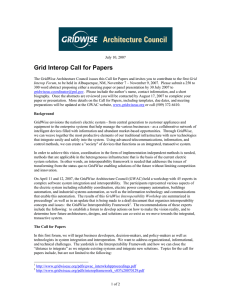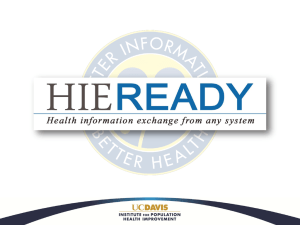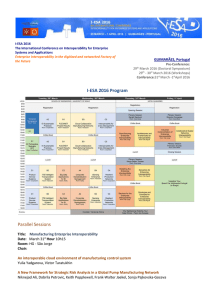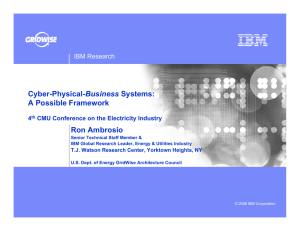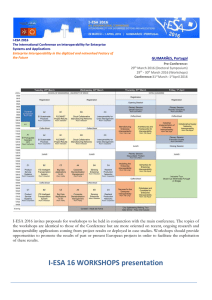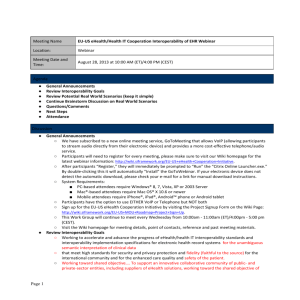Andrew Kahng, Professor, UC San Diego
advertisement
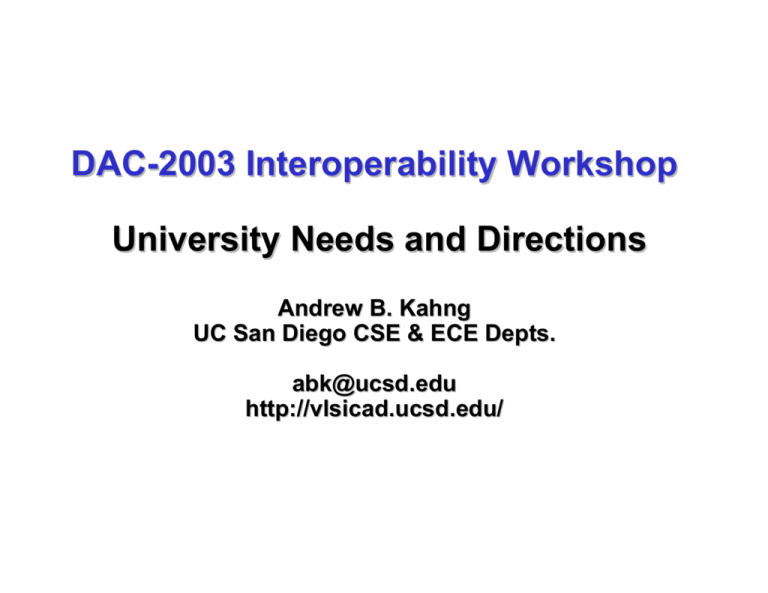
DAC-2003 Interoperability Workshop University Needs and Directions Andrew B. Kahng UC San Diego CSE & ECE Depts. abk@ucsd.edu http://vlsicad.ucsd.edu/ Academic Experiences • Loose interoperability: MARCO GSRC Bookshelf http://gigascale.org/bookshelf/ – Repository for CAD-IP Reuse • scalable design effort: auto-installation, all-pairs benchmarking, design flow optimization, … • scalable learning curves: “autograders”, open-source – Common denominator for industry-academia interactions • Open-source interoperability: PDTools – Many benefits: research quality and speed, student training, recognition – Requires commitment, non-trivial software expertise, non-trivial effort (platforms, etc. – Slow to permeate academic community Academic Personalities • (+) Historically, have set good examples – Frameworks, open-source, … • (+) Careful, methodical, less prone to biases • (-) Attitudes – Interoperability, reusability, reproducibility, benchmarking: “not what a Ph.D. is about” – Competitiveness (! avoid comparisons, avoid exposing IP) • (-) Risk vs. reward paradox – Incremental research (needs interoperability) is high-risk – Novel research (incomparable; no interop needed) is low-risk • (-) Inertia – “What’s in it for me?” – “Can’t afford to spend student time on Purify, Solaris…” – “If everyone else does it, then I’ll think about it” Interoperability For Benchmarking • Benchmarking is an academic imperative ! interoperability • Lack of interoperable analysis backplane slows CAD-IP reuse – ! Common evaluators of delay / power / etc. – ! Common incremental STA backplane • Need relevant, stable metrics – E.g., relevant to physical synthesis and RTL-to-GDSII methodologies • Need benchmarks with sufficient information (+ datamodel) – HDL, flat gate-level netlists, libraries, timing constraints • Despite relevant initiatives such as OA, still: – no good public analysis tools (RCX, DC, STA, …) – no good metrics, no benchmarks, no libraries • If “OpenAccess” is the path to interoperability, why doesn’t academia see compelling reasons to absorb OA overheads? – OA-based utilities for extraction, timing, layout, … ? – Native datasets and libraries; native solution evaluators? – Wide adoption, with OAC companies basing their own flows on OA? A List of Catalysts • Understand barriers to adoption (“activation energies”), key gaps when assessing interoperability in academia • “Free, modular tool-chain” = reference flow – Consistent with perspective of CAD-IP reuse – Clear incentive for researchers and EDA vendors to use OA – Reference flow to which innovations can be plugged in • Libraries and vertical benchmarks – How much does it cost to run Cadabra/Prolific and Silicon Metrics, using, say, STARC open design rules? – Many failed startups and design projects ! lots of test cases? • Analysis backplane – Signoff-quality RCX/DC/STA/synth/… engines ! instant adoption

